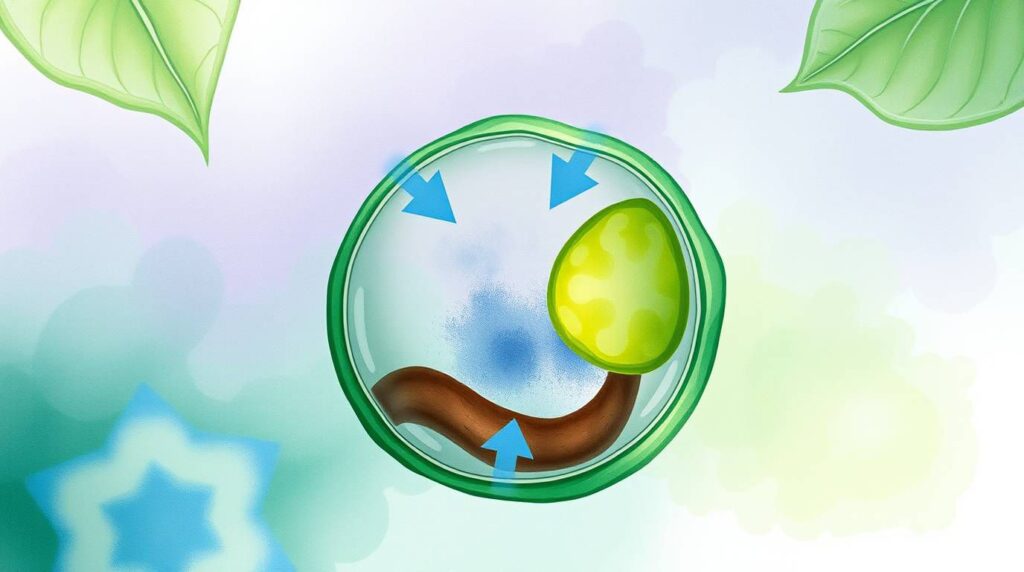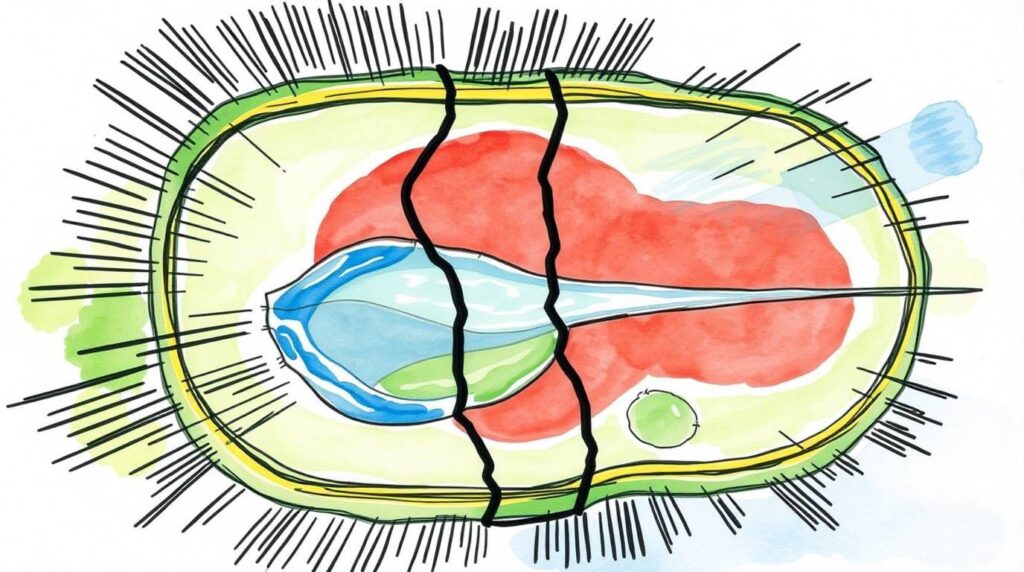How Does Osmosis Work in Plant Cells 2025
How Does Osmosis Work in Plant Cells 2025
As you’re here, it probably means you’re looking for a super simple explanation — and you’ve already scrolled through those long textbook definitions. So let’s skip the jargon and jump straight into a chill, easy-to-understand version that’ll actually help you get it.
Imagine Your Plant as a Thirsty Sponge 🪴💧
Okay, so picture this: A plant is basically a big, green sponge. When you water it, you’re not just pouring water onto leaves — you’re helping water move into its cells.
This movement of water is called… yep, you guessed it: osmosis.
But what is osmosis exactly?
What is Osmosis, in Simple Words?
Osmosis is the movement of water from where there’s a lot of it (high concentration) to where there’s less of it (low concentration) — through something called a semi-permeable membrane (which is like a selective doorway that only lets certain things through).
So in plant cells, osmosis happens across the cell membrane.
Imagine two rooms with a thin door between them. One room is packed with water (room A), and the other has way less water and more “stuff” dissolved in it (room B). Water naturally moves from A to B until both sides are kind of balanced. That’s osmosis.
Now Let’s Bring In Plant Cells 🌿
Inside a plant, every cell is wrapped in a thin layer called the cell membrane, and outside that is a strong outer wall called the cell wall.
When the plant gets water (like when it rains or you water it), this happens:
- Water enters the root hairs from the soil.
- Water then moves into the plant cells by osmosis — because the inside of the cell has a lower water concentration than the outside soil water.
- The water fills up the central vacuole (a big bubble inside plant cells that stores water and nutrients).
- As more water comes in, the vacuole expands, pressing the cytoplasm against the cell wall. This pressure is called turgor pressure — and it’s what keeps plants upright and firm.
Basically: Water flows in → Vacuole swells → Cell becomes turgid → Plant stands tall and proud.




What If There’s Not Enough Water?
Here’s the sad part: if a plant doesn’t get enough water, osmosis can’t do its thing.
Instead of water entering, water may actually leave the cells (because now the soil has less water than the inside of the cell).
When that happens:
- The vacuole shrinks
- The cell membrane pulls away from the cell wall (a process called plasmolysis)
- The plant wilts and looks all droopy
So yeah, osmosis is not just a science concept — it’s literally the reason your favorite houseplant either looks fabulous or like it gave up on life.
Why is Osmosis Important in 2025?
In 2025, with climate change, erratic weather, and water scarcity in some parts of the world, understanding how plants manage water at the cellular level is more important than ever.
Scientists are even using osmosis principles to help develop drought-resistant crops and smart irrigation systems. So yeah — it’s not just a topic in your biology book, it’s something that might help feed the world.
TL;DR – Osmosis in Plant Cells, the Chill Version:
- Osmosis = Water moves from high to low concentration through a semi-permeable membrane.
- In plant cells, water enters via osmosis from the soil into the roots.
- Water fills the vacuole → creates turgor pressure → plant stands upright.
- If water is low, osmosis reverses → cells shrink → plant wilts.
- In 2025, it’s more relevant than ever in agriculture and sustainability.
📌 Disclaimer:
This easy version is meant to help you understand the concept better. If your exam or teacher expects a textbook explanation and you write this one instead, we’re not responsible if it affects your marks. Use this for understanding, not copy-pasting.
🔗 Related Articles from EdgyThoughts.com:
What If Time Flows Backward in Other Universes 2025
https://edgythoughts.com/what-if-time-flows-backward-in-other-universes-2025
What If Reality Is a Simulation Running on Light 2025
https://edgythoughts.com/what-if-reality-is-a-simulation-running-on-light-2025
🌐 External Resource:
Want to dive deeper into osmosis in plant biology?
Check the Wikipedia page:
https://en.wikipedia.org/wiki/Osmosis
—
What If Teleportation Became Mainstream Tech?
https://edgythoughts.com/what-if-teleportation-became-mainstream-tech/
What If Black Holes Are Portals to New Realms 2025
https://edgythoughts.com/what-if-black-holes-are-portals-to-new-realms-2025/





